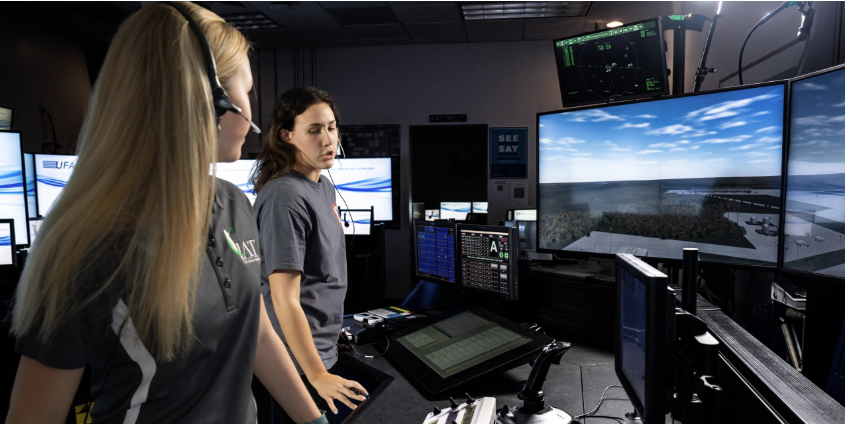The 2012 Pilot Source Study (Phase III): Response to the Pilot Certification and Qualification Requirements for Air Carrier Operations
Document Type
Article
Publication/Presentation Date
2013
Abstract/Description
The 2012 Pilot Source Study (Phase III) was a continuation of the 2010 Pilot Source Study (Smith, Bjerke, NewMyer, Niemczyk & Hamilton, 2010), using the same research design with a new data set containing no duplicate records. University faculty and students assisted seven regional airlines to enter data on 4,024 pilots hired between 2005 and 2011. New-hire pilots’ college and piloting backgrounds defined their input (Source) variables. Training and first year operations data defined the output (Success) variables. Identifying information for pilots and participating airlines was removed from the data sets, and records were combined into a single data set for independent analysis by five researchers. Results were verified by two independent researchers from the University of Central Florida (a non-affiliated university). Results showed considerable consistency between the 2010 Pilot Source Study and the 2012 Pilot Source Study regarding initial pilot training at a regional air carrier. The study found that pilots entering the industry with an aviation-specific college degree, particularly a degree from an AABI-accredited flight program, performed better in initial training than those with no degree or a non-aviation degree. The results also indicated that a pilot’s background, such as having a CFI certificate and obtaining advanced training from a collegiate aviation program, is an indicator of success in training. One important result was that commercial pilots had more completions than pilots with an ATP certificate. On the other hand, total flight hours produced inconclusive results.
Publication Title
Journal of Aviation Technology and Engineering
Scholarly Commons Citation
Smith, G. M., Herchko, D., Bjerke, E., Niemczyk, M., Nullmeyer, R., Paasch, J., & NewMyer, D. A. (2013). The 2012 Pilot Source Study (Phase III): Response to the Pilot Certification and Qualification Requirements for Air Carrier Operations. Journal of Aviation Technology and Engineering, 2(2). Retrieved from https://commons.erau.edu/db-applied-aviation/1

